How Many Stops Is A 3.0 Nd Filter ?
A 3.0 ND filter is equivalent to a 10-stop filter.
1、 Optical Density
A 3.0 ND filter is also known as a 1000x ND filter, which means it reduces the amount of light entering the lens by 1000 times. In terms of stops, a 3.0 ND filter reduces the exposure by 10 stops. This means that if you were shooting at f/16 and 1/125th of a second without the filter, you would need to adjust your settings to f/1.4 and 1/8th of a second with the filter to achieve the same exposure.
ND filters are commonly used in photography and videography to achieve creative effects such as motion blur, shallow depth of field, and long exposures. They are also useful in bright outdoor conditions where the available light is too strong for the desired settings.
It is important to note that the exact number of stops reduced by a 3.0 ND filter may vary slightly depending on the brand and quality of the filter. Additionally, some photographers and videographers prefer to use variable ND filters, which allow for adjustable levels of light reduction rather than a fixed amount.
Overall, a 3.0 ND filter is a powerful tool for controlling exposure and achieving creative effects in photography and videography.

2、 Light Transmission
A 3.0 ND filter is also known as a 1000x ND filter, which means it reduces the amount of light entering the lens by 10 stops. This is because the number 3.0 refers to the optical density of the filter, which is a measure of how much light is blocked by the filter. The higher the optical density, the more light is blocked.
In practical terms, a 3.0 ND filter is useful for a variety of photography situations. For example, it can be used to create long exposure images of waterfalls or other moving water, as well as to blur motion in other types of scenes. It can also be used to reduce the depth of field in bright sunlight, allowing for wider apertures and more creative control over the focus of the image.
It's worth noting that the actual amount of light transmission through a 3.0 ND filter can vary depending on the quality of the filter and the specific brand. Some filters may allow slightly more or less light through than others, so it's important to choose a high-quality filter from a reputable brand to ensure consistent results.
Overall, a 3.0 ND filter is a powerful tool for photographers looking to control the amount of light entering their lens and create unique and creative images.

3、 Exposure Reduction
A 3.0 ND filter is also known as a 1000x ND filter, which means it reduces the amount of light entering the lens by 10 stops. This is a significant reduction in exposure and is useful in situations where you want to use a slower shutter speed or wider aperture without overexposing the image.
For example, if you are shooting a waterfall and want to create a silky smooth effect on the water, you would need to use a slower shutter speed. However, if it is a bright sunny day, the amount of light entering the lens would be too much, resulting in an overexposed image. This is where a 3.0 ND filter comes in handy. By reducing the amount of light entering the lens by 10 stops, you can use a slower shutter speed without overexposing the image.
It is important to note that the amount of exposure reduction may vary slightly depending on the brand and quality of the filter. However, in general, a 3.0 ND filter will reduce the exposure by 10 stops.
In recent years, there has been a trend towards using higher density ND filters, such as 4.0 or even 5.0 ND filters, which can reduce the exposure by 15 or 16 stops respectively. These filters are particularly useful for long exposure photography, where you want to capture motion blur over an extended period of time. However, they can be quite expensive and may require a longer exposure time, which can result in issues such as noise or camera shake.

4、 F-Stop Reduction
A 3.0 ND filter is commonly known as a 10-stop ND filter. This means that it reduces the amount of light entering the lens by 10 stops, or 1000 times. This is a significant reduction in light and allows for longer exposure times, even in bright daylight conditions.
The F-stop reduction of a 3.0 ND filter is dependent on the initial aperture setting of the lens. For example, if the lens is set to f/8 and a 3.0 ND filter is added, the effective aperture will be reduced by 10 stops to f/128. This means that the depth of field will be increased, and the shutter speed will need to be adjusted accordingly to maintain proper exposure.
The use of ND filters has become increasingly popular in recent years, particularly in landscape and long exposure photography. They allow photographers to capture stunning images with smooth, flowing water, and streaking clouds, even in bright daylight conditions.
It is important to note that not all ND filters are created equal, and the quality of the filter can have a significant impact on the final image. Cheaper filters may introduce color casts or reduce image sharpness, while high-quality filters will maintain image quality and color accuracy.
In conclusion, a 3.0 ND filter is a 10-stop ND filter that reduces the amount of light entering the lens by 1000 times. The F-stop reduction will depend on the initial aperture setting of the lens and can significantly increase the depth of field. The use of high-quality ND filters can result in stunning images with smooth, flowing water and streaking clouds.


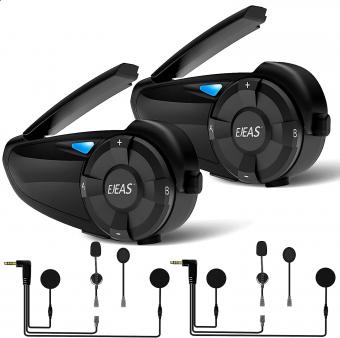


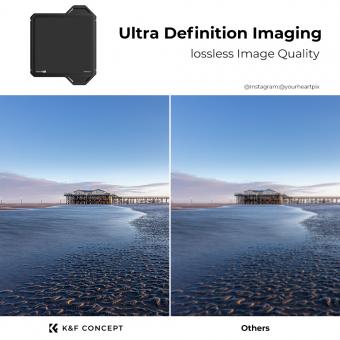
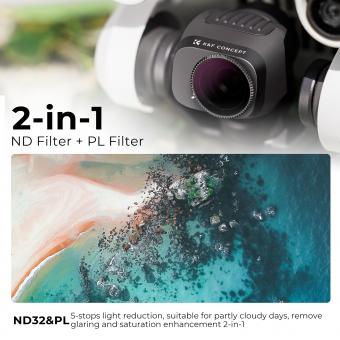


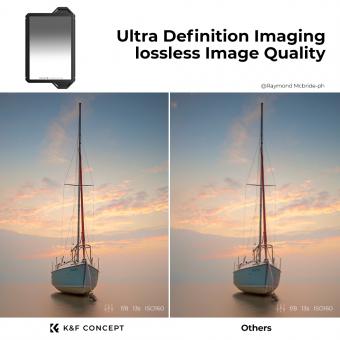

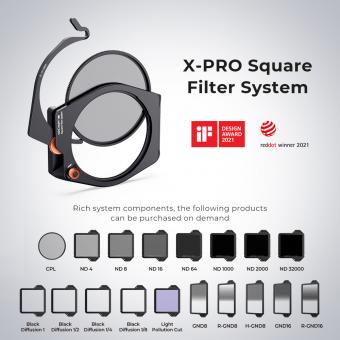




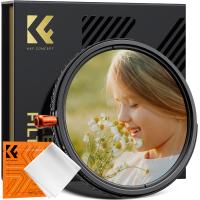
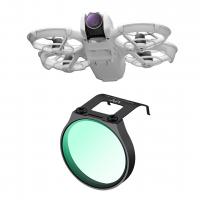






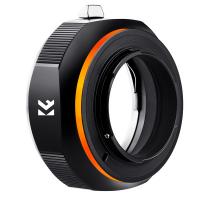
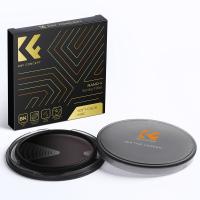


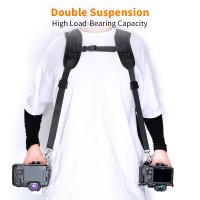

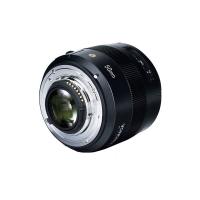
There are no comments for this blog.